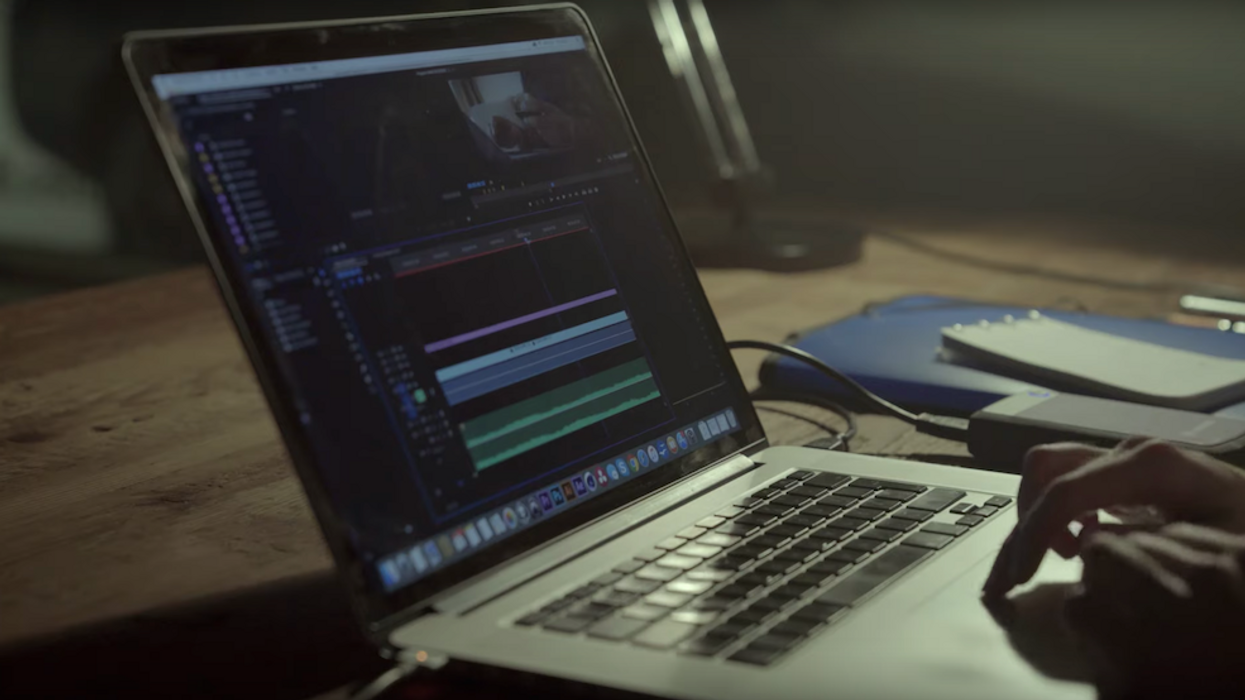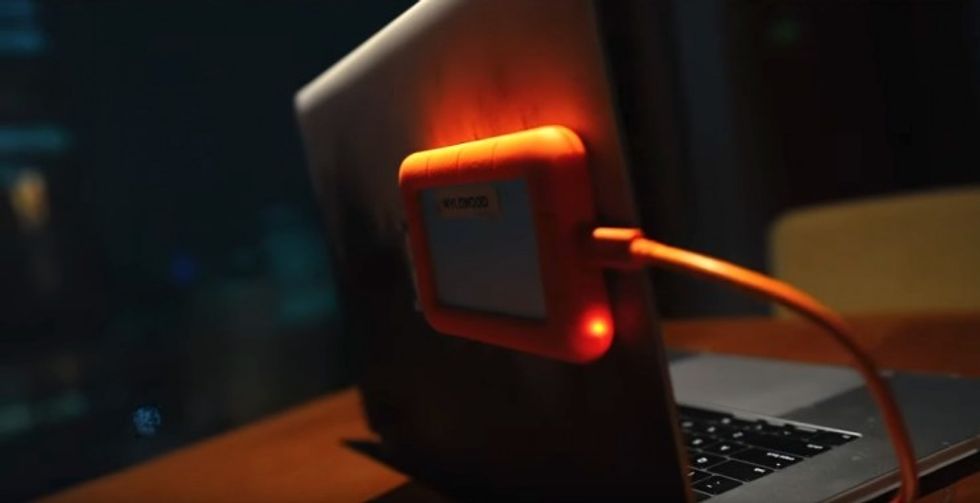5 Essential Tips For Editors Working At Home
Will working from home become the new norm post-Coronavirus?

In the wake of our current restrictions, and as companies retool workflows to enable cutting remotely, one question that comes up is if editors and motion graphic artists will ever return to the edit bay?
The short answer is yes. Some have never left the office, while others have already returned. But you have to wonder... how much will post workflows change once society moves on from this pandemic? For now, it’s just too early to tell.
In the meantime, you might be trying to figure out if you should run out and buy the latest and greatest computer to use at home, how fast your internet should be, or how much storage you should have available.
Here are 5 tips editors should consider while working at home.
Privacy
Find a place in your home that's separate from your living area. If you have the luxury of multiple rooms, creating an office setting should be no problem. You may already have one. If you don’t have the extra space, find a spot where you can create a makeshift office.
If you’re not used to working at home, it can be difficult to be productive in the midst of domestic distractions. A schedule is important. I block out my work hours and then schedule everything else, even quick chores and 5-minute phone calls, around those hours. Those hours remain sacrosanct, and I don’t let my brain trick me into a quick run to the hardware store that ends up eating my afternoon.
Computer Power
If you own a 2013 or later Mac or newer PC, for the time being, you’re probably fine. I have a 2014 MacBook Pro 2.3 GHz. I’ve edited digital content, ads, and one-hour shows. The power of the CPU is important, but at this moment, it’s not more important than throughput: how the media is traveling back and forth between the storage and your timeline.
Unless you have a crate-sized RAID array, it’s critical to think about (and ask about) storage and media. How are they delivering the media? How much media in total? Can you work off of the drive the client is giving you? Is the provided media something that you’ll have to convert in order for it to play well with editing software?
Depending on how large the file size, and you should expect it to be RAW, you will want to communicate that it will take time to convert the footage into clips to edit effectively.
Small projects below the 30-minute mark might not require this, but larger projects certainly will. Factor in this time upfront. If your machine has trouble editing RAW files, it is likely that the same files will cause problems for your producer or a finisher down the line.
You should consider buying a workhorse drive, like a 10TB plug-in drive with USB-C or Thunderbolt connectivity with a spin rate that hits 7200RPM (usually for between $300-$500). The important specs here is that the drive is 7200RPM, which will help keep your editing session snappy. The size of your storage should be at least twice the size of the total media you’re given.
Speedy Internet
Download speeds of 80-100 Mbps or faster is ideal. The truth is, without fiber optic cable routed directly to your home system, you should expect to have to download footage overnight or even over 2 nights depending on the project size. Daytime downloading will be slower because of the increased traffic during daylight hours.
Uploading crawls in comparison to downloading, but you’ll only need to worry about it if your cut is going out for color correction and finishing. Most colorists or finishing artists expect you to export an AAF file, media included, with handles. This is the equivalent of exporting a blueprint of your cut, along with the clips in your cut, plus extra frames beyond your start and end points for good measure.
An AAF for color correction is a giant file to upload. It can take several days, and with the instability of internet connections, it might not work at all. Deliver the AAF on a shuttle drive, using a delivery service if the client is in town, or arrange to drop it off on the porch or the front desk yourself. If you must upload the cut, discuss delivering a high-res file in a 4:4:4 color space like a ProRes 444. Then offer to deliver individual clips from the cut with those extra frames if the colorist needs it.
A Letter of Agreement
You will want a contract of some kind. It doesn’t have to go through lawyers to be legally binding, but something both the client and you sign. It should include the date, the day rate or the flat rate, the time frame for the work, what they’re providing in the way of work materials, and the agreed-upon deliverable. Make sure both parties sign a copy and print it out for your records or snap a photo with your phone for safekeeping.
Final Thoughts
These are strange times right now. A colleague drew me a picture of a future where editors travel with laptops tucked under their arms much like producers—on-site for 2 days of the week and then going remote the other times. Rest assured there will be work.
3 months from now, when major content producers have repurposed everything shot last year, they’re going to need to make something new. It’s not your job to shoot it, but it could be your job to cut it. At least now, you are prepared.













